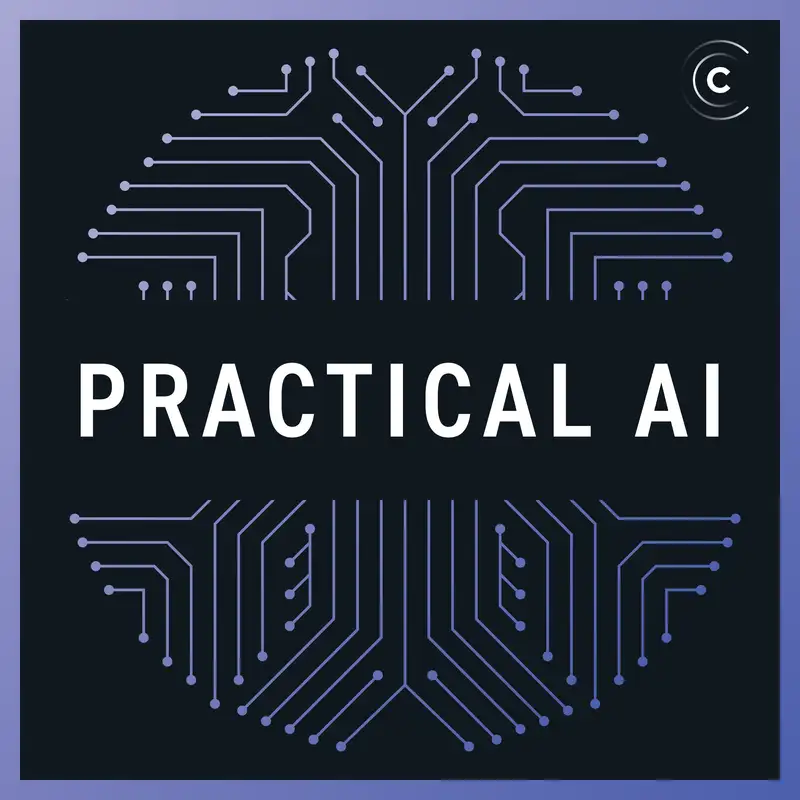AI-generated code with OpenAI Codex
Recently, GitHub released Copilot, which is an amazing AI pair programmer powered by OpenAI’s Codex model. In this episode, Natalie Pistunovich tells us all about Codex and helps us understand where it fits in our development workflow. We also discuss MLOps and how AI is influencing software engineering more generally.
Changelog++ members save 5 minutes on this episode because they made the ads disappear. Join today!
Sponsors:
- RudderStack – Smart customer data pipeline made for developers. RudderStack is the smart customer data pipeline. Connect your whole customer data stack. Warehouse-first, open source Segment alternative.
- iMerit ML DataOps Summit – A FREE virtual event on December 2nd, 2021! iMerit is excited to gather 1000+ senior leaders at the forefront of deploying data solutions that power machine learning and artificial intelligence. Learn more and register to attend at imerit.net/dataops
- Fastly – Compute@Edge free for 3 months — plus up to $100k a month in credit for an additional 6 months. Fastly’s Edge cloud network and modern approach to serverless computing allows you to deploy and run complex logic at the edge with unparalleled security and blazing fast computational speed. Head to fastly.com/podcast to take advantage of this limited time promotion!
Featuring:
- Natalie Pistunovich – GitHub, X
- Chris Benson – Website, GitHub, LinkedIn, X
- Daniel Whitenack – Website, GitHub, X
Show Notes:
- GitHub Copilot
- OpenAI Codex Beta
- Previous GopherCon Workshop: Infrastructure for a Fraud Detection ML Application
Something missing or broken? PRs welcome!
Creators and Guests



